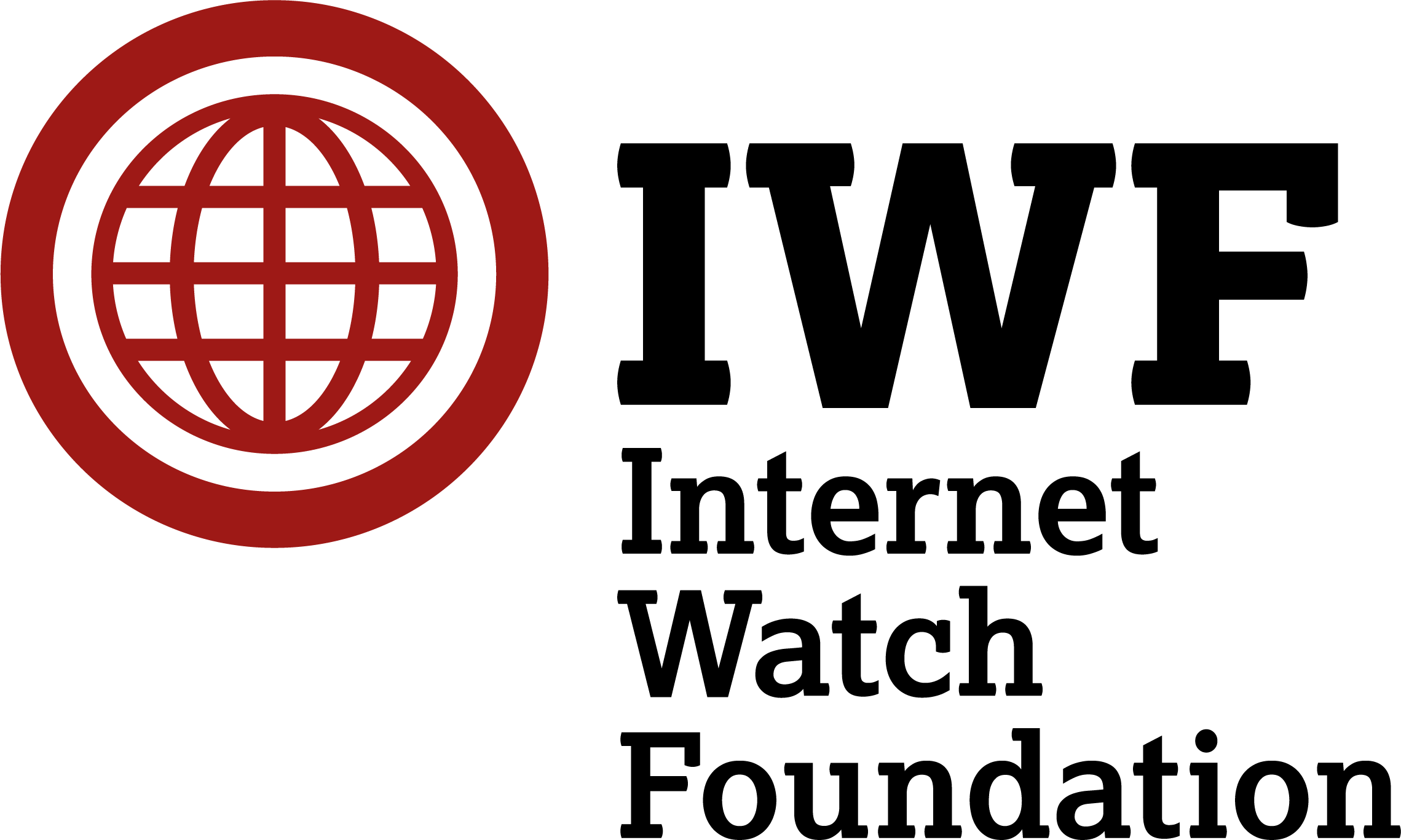People report to us at iwf.org.uk, or through one of the 49 Reporting Portals around the world, in multiple languages. All reports are assessed at our headquarters in the UK. We also actively search the internet for child sexual abuse imagery. We call this, ‘proactive searching’.
-
361,062 reports were assessed by IWF (20% increase from 2020):
- 360,834 were reports of webpages and
- 228 were reports of newsgroups.
- 252,194 URLs (webpages) were confirmed as containing child sexual abuse imagery having links to the imagery or advertising it (64% increase from 2020).
- Additionally, 5 newsgroup reports were confirmed as containing child sexual abuse imagery.
- No reports were confirmed as UK-hosted non-photographic child sexual abuse imagery.
You can read more about UK-hosted and globally-hosted child sexual abuse material.
This chart compares proactively sourced reports (where our analysts search for content) and those reports which came to us via external sources.
This chart shows a breakdown of the external sources which report into us and report numbers from each source. The five sources are: Public, Police, Member, Other and Hotline.
Public report source accuracy
122,418 reports were assessed by our Hotline which came from the public. 29% (29% in 2020) of these reports correctly identified child sexual abuse content. This figure includes newsgroups and duplicate reports (where the same criminal URL
has been reported multiple times).
Note: Each year, a number of these are adverts or links to child sexual abuse material.
We’ve looked more closely at the figures relating to the sexual abuse of boys here.
You can see our in-depth age analysis relating to sexual abuse when the abuser is physically present, and sexual abuse which is captured in a “self-generated” nature.

